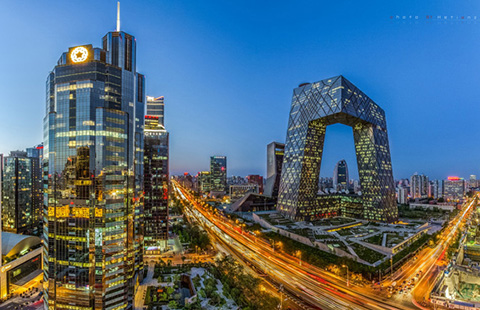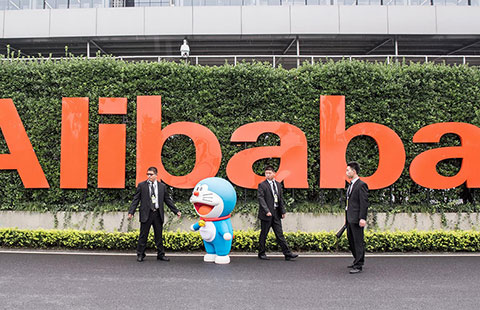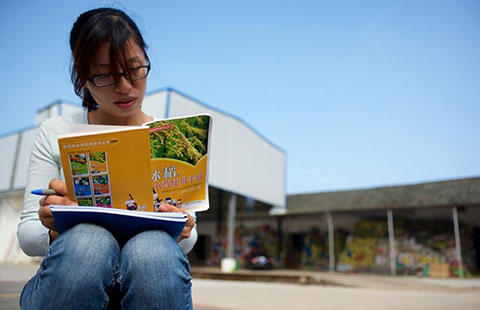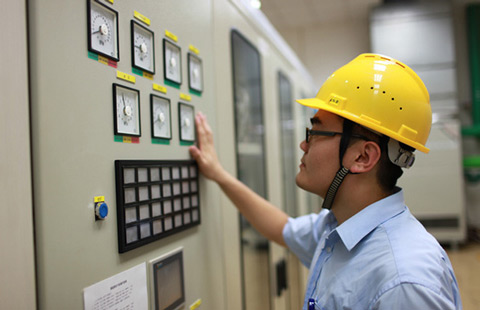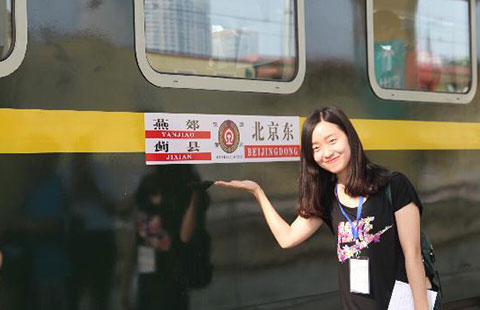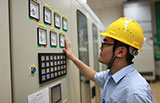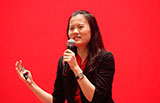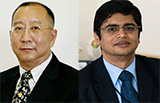Replica of Austrian village built in Guangdong
By Reuters in Huizhou, Guangdong and in Hallstatt, Austria (China Daily) Updated: 2012-06-06 10:46A $940-million Chinese clone of one of Austria's most picturesque villages - the United Nations Educational, Scientific and Cultural Organization World Heritage-listed Hallstatt - recently opened its doors amid some controversy to visitors in the southern Chinese province of Guangdong.
The "Made in China" version of the lakeside European village known for tourism and salt mining includes an exact replica of its church clock tower, European-style wooden houses and other properties that will be sold to investors.
The project, conceived by a Chinese mining tycoon, initially sparked outrage and surprise among some Hallstatt villagers, who were not at first aware of the attempt to copy their unique, centuries-old home.
|
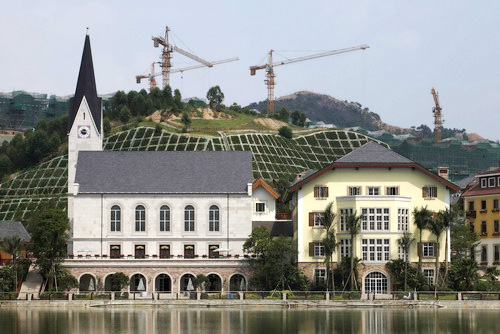 A replica of an Austrian UNESCO heritage site, Hallstatt village, in Huizhou, South China's Guangdong province, on June 1. The metals and mining company China Minmetals Corp spent $940 million to build the site in the hope of attracting tourists and property investors there, according to local newspaper reports. [Photo/Agencies] |
Half an hour's ride from the city of Huizhou, close to China's "world factory" of the Pearl River Delta, China's Hallstatt hopes to become a new tourist attraction.
Disney-themed photo spots are scattered around the village's main plaza, which is modeled after Hallstatt's marketplace.
"The moment I stepped in here, I felt I was in Europe," said 22-year-old Zhu Bin, a Huizhou resident.
"The security guards wear nice costumes. All the houses are built in European style."
Covering 1 million square meters, cranes and construction sites spread across barren hills above the gabled houses, promising an expansion of the current town.
Despite the initial mixed response, local authorities in Hallstatt have since softened their stances, seeing a rare, marketing opportunity at the heart of one of the world's fastest growing tourism markets.
"It was not so controversial. We were only surprised that a small village in Austria was built, and now we are very proud that it happened," said Hallstatt Mayor Alexander Scheutz, who flew with an Austrian delegation to mark the official opening and signed documents promising future cultural ties.
Visitors and journalists filming on site were asked to leave shortly before Scheutz's unannounced visit.
The director of Tourism Hallstatt, Pamela Binder, said Hallstatt had made peace with its Chinese replica.
"First we were a bit insecure. Why did it come to replicate Hallstatt? And then we became lucky and proud," Binder said.
Fewer than 50 Chinese tourists visited Hallstatt in 2005, but now thousands fly to the Austrian town every year, according to officials from the Austrian delegation in China.
But some Hallstatt residents remained unconvinced.
"I don't think that it is a good idea. Hallstatt is just unique with its culture and traditions. You cannot copy that. I saw a report and the photos, and the copy seems different. In my opinion it is unacceptable," said resident Karin Holl.
- Trapped in carnival of horrors
- Internet Plus will help drive growth and innovation
- Regulations to check growth in margin financing
- Nation leads in smartphone penetration
- European investors still keen on China
- ZTE charts plan to grow handset sales
- Daily spending highest among Chinese tourists in Norway
- CSRC probes Hundsun amid securities financing regulation
